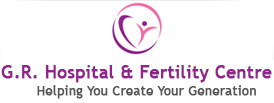Obstetrics & Gynaecology
Women's health is a very critical component of any hospital's offering. Right from puberty to pregnancy, child birth to menopause, women go through a host of health issues which need to be addressed from time to time.
- Pregnancy (Ante-Natal) Care
-

Pregnancy (Ante-Natal) Care
When you first learn that you’re pregnant, get in touch with a doctor as soon as possible so that you can start your antenatal (pregnancy) care. This will also help to make sure you receive maternity healthcare that takes into account all your health needs and preferences. Antenatal care is the care you receive from healthcare professionals during your pregnancy. You’ll be offered a series of appointments with a doctor who specialises in pregnancy and birth (an obstetrician).
- Normal Delivery & Cesarean
-

Normal Delivery & Cesarean
While the baby is in the mother’s womb, she is protected and remains unaffected by changes in the environment. Once the baby is born, she gradually starts adapting to the outside world. Her body temperature and functioning of various organs get equipped to the surroundings.
If you’re a mom-to-be with your heart set on a natural delivery, the news that your baby needs (or may need) to be delivered by cesarean section can be incredibly disappointing. Visions of pushing baby out the way nature intended (and the way you’ve maybe always dreamed) can sometimes be rudely displaced by worries about the surgery, about being stuck in the hospital longer, and about the tougher recovery (not to mention the less-than-supermodelicious scar).
- Menstrual Disorders
-
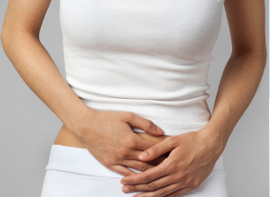
Menstrual Disorders
Women with dysmenorrhea, irregular periods, missed periods, or heavy periods have access to a host of treatment options at GR Hospital & Fertility Centre - Helping You Create Your Generation Obstetrics and Gynecology. Patients undergo an evaluation that includes family and reproductive history, surgical history, and diagnostic testing. Based upon their findings, Drexel gynecologists may recommend: - See more at: (i) Medical treatment such as hormone therapy including birth control pills, or an intrauterine device. (ii) Surgery to remove endometrial polyps, fibroids and adenomyosis. (iii) In certain cases, a hysterectomy. (iv) Uterine artery embolization.
- Endometriosis
-
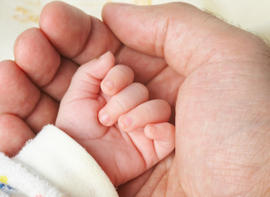
Endometriosis
The endometrium is the tissue that lines the inside of the womb (uterus). Endometriosis can cause painful periods, persistent pain in the pelvic area, infertility, and other symptoms. The symptoms can range from mild to severe. Treatment options include painkillers, hormone treatments, and surgery. Endometriosis is a condition where endometrial tissue is found outside the uterus. It is 'trapped' in the pelvic area and lower tummy (abdomen) and, rarely, in other areas in the body.
- Chocolate Cyst
-
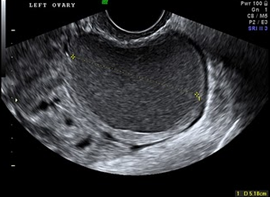
Chocolate Cyst
Since ultrasound scans have now become a routine part of the evaluation of infertile women, many infertile women will be found to have a chocolate cyst of the ovary ( also known as an endometrioma, endometrioid cyst, or endometrial cyst). The moment they see this report , the doctor will tell them that he now diagnosed the reason for the infertility - and will then advise surgery to remove the cyst ! Most women will agree, because they do not know any better.
- Ovarian Cyst
-
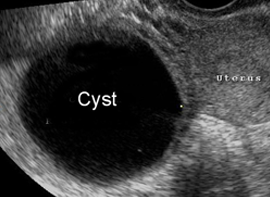
Ovarian Cyst
The ovaries are part of the female reproductive system. They are located in the lower abdomen on both sides of the uterus. Women have two ovaries that produce eggs, as well as the hormones estrogen and progesterone. An ultrasound or a CT scan aids in detecting ovarian cysts that occur as tiny sacs containing fluids or semi-solids that cause pain & abnormal bleeding in the vagina. Although most of them are not cancerous, timely medical treatment or surgery is quintessential for a woman’s holistic health.
- Hysterectomy
-
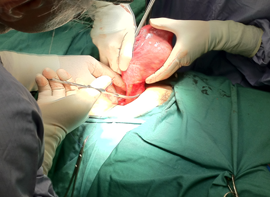
Hysterectomy
Hysterectomy is a major surgical procedure in which the uterus is removed. Many women choose hysterectomy to definitively resolve their fibroid symptoms. After hysterectomy, menstrual bleeding stops, pelvic pressure is relieved, frequent urination improves and new fibroids cannot grow. A woman can no longer become pregnant after a hysterectomy. There are several hyterectomy surgical approaches: a vaginal hysterectomy, an abdominal hysterectomy and a laparoscopic hysterectomy. The choice of procedure will depend on the size of the uterus and several other factors.
- Fibroid Removal
-
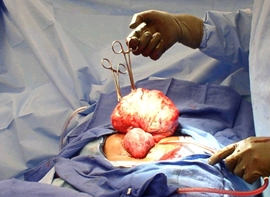
Fibroid Removal
Uterine fibroids or myomas are a type of benign tumor stemming from muscle layers of the womb caused due to heredity or hormonal imbalance. They can interfere with pregnancy & cause heavy & painful menstruation, discomfort. In obese women they are more prone to multiply & lead to leiomyosarcoma. You can treat Fibroids without surgery. Hysterectomy and Myomectomy can be avoided by treating medically. Medical treatment provides good symptom relief in some women, mainly in situations where bleeding is the dominant or only symptom. In general, 70 percent of women get some improvement over one year of therapy, but long-term failure rates are high.
- Sterilization
-
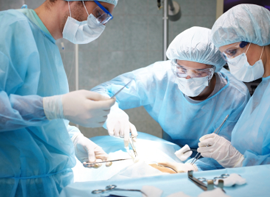
Sterilization
Surgical sterilization is a safe, highly effective, permanent, and convenient form of contraception. The most common surgical sterilization procedure for women is called a tubal ligation or having the "tubes tied." The fallopian tubes are the passageway for the egg to travel from the ovary to the uterus. This is where the egg becomes fertilized by the male's sperm prior to traveling to the uterus. In tubal sterilization, the fallopian tubes are either cut and separated or they are sealed shut. This prevents the egg and sperm from meeting and thus prevents pregnancy.
- Polyp Removal
-
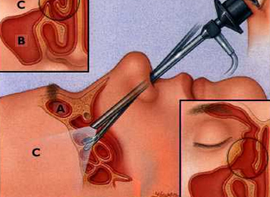
Polyp Removal
It is not unusual for a woman to get polyps at some stage in her life, especially in the years before the menopause. They are most commonly found on the neck of the womb (cervix) or on the lining of the womb (endometrium). If you have polyps on the cervix, it is quite likely that they are benign and, if they are not too big, can be removed quite easily in the Outpatient Clinic. When polyps are found on the lining of the uterus, (possibly you have been having heavy or irregular bleeding, or had episodes of bleeding between periods) they are also most probably benign but need removing under general anaesthetic. The treatments for thei is Polyps on the cervix, Polyps on the endometrium, Post-menopausal polyps.
- IUD Insertion
-
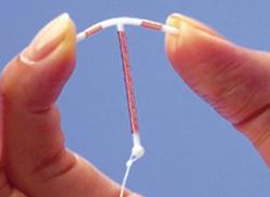
IUD Insertion
The intrauterine device (IUD) is an effective contraceptive for many women. The copper-releasing IUD can be used for 10 years before replacement and is a good choice for women who cannot, or choose not to, use hormone-releasing contraceptives. However, some women experience an increase in menstrual blood loss and dysmenorrhea. The progestin-releasing IUD can be used for five years. It may reduce menorrhagia and dysmenorrhea, although some women have increased spotting and bleeding during the first months after insertion.
- Dilation and curettage (D&C)
-

D & C
Dilation and curettage (D&C) is a procedure used to diagnose or treat many conditions that cause abnormal bleeding from the uterus, to remove tissue that remains in the uterus after a miscarriage, and can also be used to help detect uterine cancer. A D&C can be done in an outpatient surgery center or a hospital, and may also be done in conjunction with other procedures, such as hysteroscopy.
- PAP Smear
-
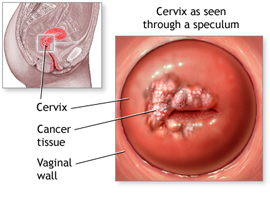
PAP Smear
Treatment options vary depending on the type of abnormality you have. Low grade changes generally do not require treatment as any changes to your cells are generally caused by the Human Papillomavirus (HPV) infection.
It is important to have your abnormality treated as it is highly likely that you will be cured. If you leave your abnormality untreated, you are at risk of developing cervical cancer.
